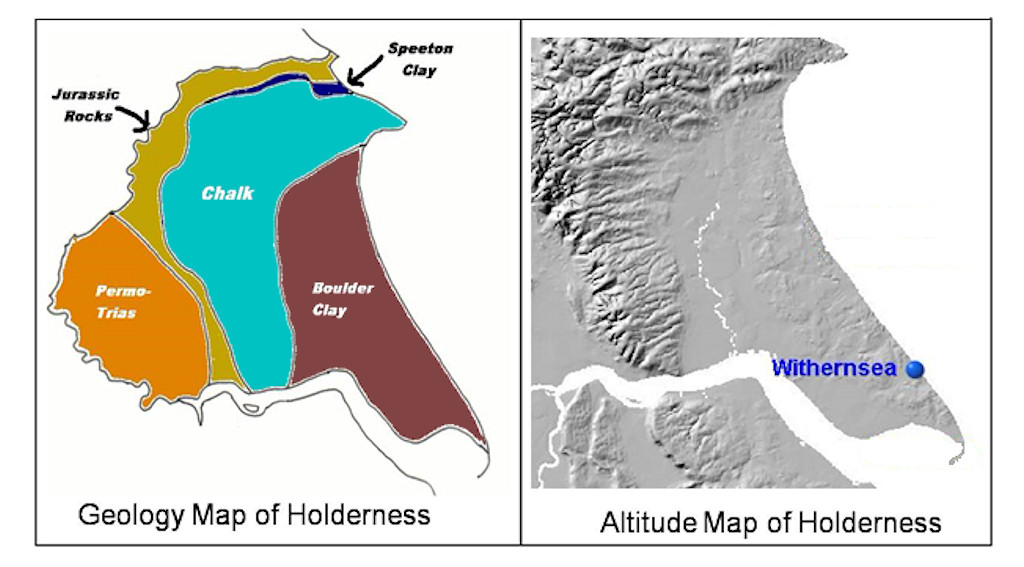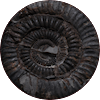Fossil History
In the beginning
Around 200 million years ago, at the beginning of the period we know as Jurassic, Withernsea and Holderness was covered by sea. This extensive ocean covered all of Europe and was home to a great variety of marine creatures. Many of these are preserved in the mudstones and thin limestones that lay on the seabed. Ammonites are frequently discovered and occasionally the bones of the great marine reptiles that swam in these seas are found.
How Holderness was formed in the ice age

Formation of the current Holderness landforms began during the last ice age some 50,000 years ago. As the advancing glaciers moved southwards they carried beneath them a vast quantity of material eroded from landmasses further north. Later as the ice sheets retreated this material was deposited burying the ancient coastline below a layer of boulder clay some 20 to 50 metres thick. Rather than being a single event this advancing ice sheet ebbed and flowed with the changing climate, depositing then eroding material in a series of waves. By the end of the ice age, about 10,000 years ago, the coastline that we recognise today had been formed although it was some 15 to 20km east of its current position.
 Back to main Fossil Furlongs Page
Back to main Fossil Furlongs Page